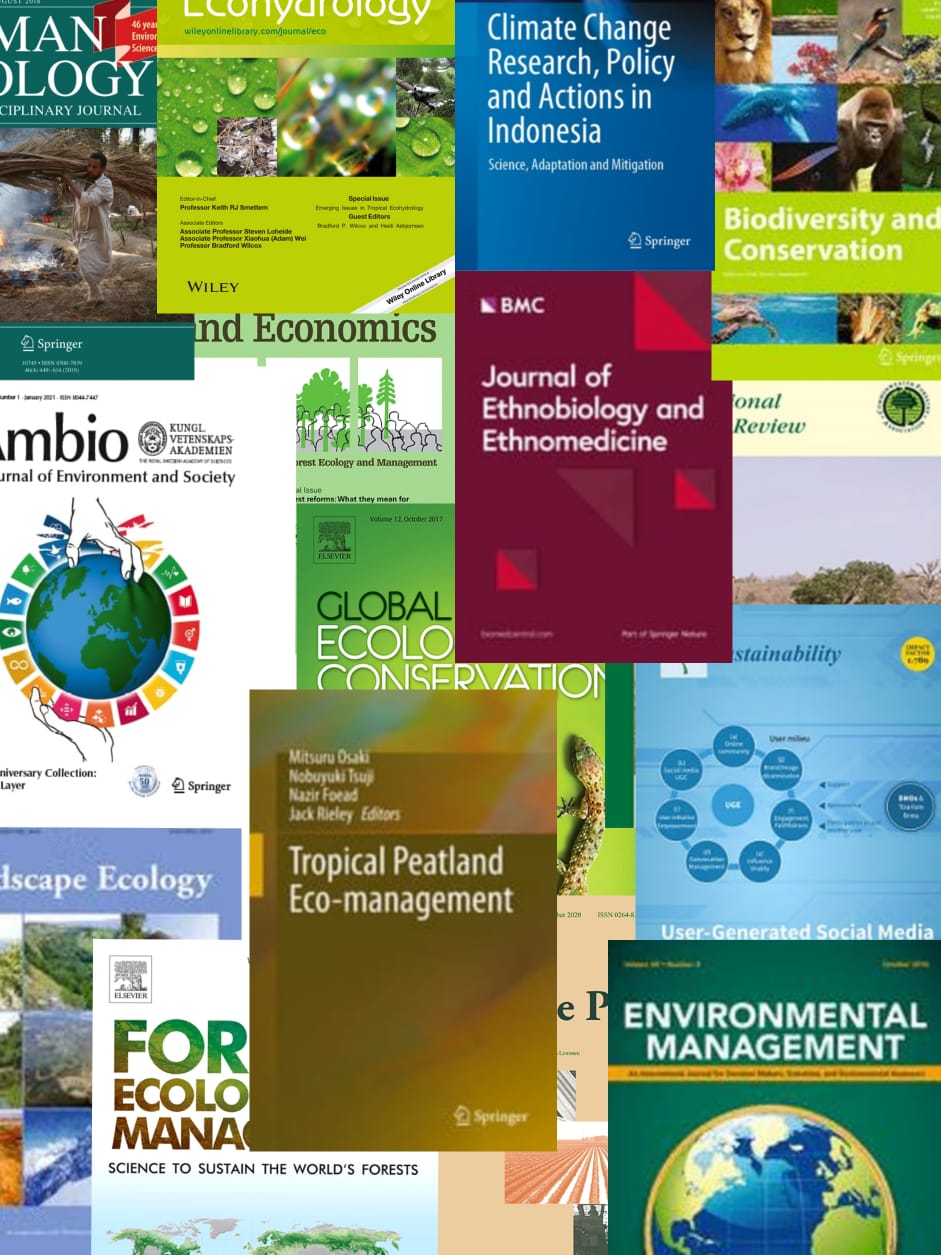Indonesia offers a dramatic opportunity to contribute to tackling climate change by deploying natural climate solutions (NCS), increasing carbon sequestration and storage through the protection, improved management, and restoration of drylands, peatlands, and mangrove ecosystems. Here, we estimate Indonesias NCS mitigation opportunity for the first time using national datasets. We calculated the maximum NCS mitigation potential extent using datasets of annual national land cover, peat soil, and critical lands. We collated a national emissions factor database for each pathway, calculated from a meta-analysis, recent publications from our team, and available literature. The maximum NCS mitigation potential in 2030 is 1.3 ± 0.04 GtCO2e yr?1, based on the historical baseline period from 2009-2019. This maximum NCS potential is double Indonesias nationally determined contribution (NDC) target from the forestry and other land use sector. Of this potential opportunity, 77% comes from wetland ecosystems. Peatlands have the largest NCS mitigation potential (960 ± 15.4 MtCO2e yr?1 or 71.5 MgCO2e ha?1 yr?1) among all other ecosystems. Mangroves provide a smaller total potential (41.1 ± 1.4 MtCO2e yr?1) but have a much higher mitigation density (12.2 MgCO2e ha?1 yr?1) compared to dryland ecosystems (2.9 MgCO2e ha?1 yr?1). Therefore, protecting, managing, and restoring Indonesias wetlands is key to achieving the countrys emissions reduction target by 2030. The results of this study can be used to inform conservation programs and national climate policy to prioritize wetlands and other land sector initiatives to fulfill Indonesias NDC by 2030, while simultaneously providing additional co-benefits and contributing to COVID-19 recovery and economic sustainability. © 2022 The Author(s). Published by IOP Publishing Ltd.
View source

